UChicago CS & Booth Collaboration Models Benefits of Linking Power and Computing Grids
For decades, the power grid has operated in largely unchanged fashion. Power plants generate electricity — often at high environmental cost — and ship it to customers who pay whatever price the local market sets. But advances in renewable power, smart grid technologies, power markets, and the rise of the massive data center industry could create the recipe for a more efficient and cleaner power grid.
A new project by researchers from the University of Chicago Department of Computer Science, the Booth School of Business, and the University of Wisconsin-Madison will examine how the critical U.S. energy and information infrastructures can be coordinated for their mutual benefit. The project, funded by the National Science Foundation, seeks new opportunities for improving resilience from natural disasters and cyberattacks while lowering costs and emissions.
The data centers of hyperscale cloud companies are the fastest growing consumers of electric power, and their growth is causing challenges for the power grid in many geographies around the world. The new project will combine computer science, engineering, and social science expertise to demonstrate that the power-hungry data centers of tech giants such as Google and Amazon can help the power grid exploit more wind and solar power, while benefiting themselves from more flexible power supply.
“These hyperscale cloud providers have created a global information infrastructure that is centrally managed and thus uniquely positioned to transform the way we distribute and generate energy,” said Andrew Chien, William Eckhardt Distinguished Service Professor of Computer Science at UChicago and Director of the CERES Center for Unstoppable Computing. “Coupling these global systems, even regionally, may allow load to flex at a scale and speed that improves renewable integration dramatically, and thus reduce the growing waste of renewable power that is an increasing problem in grids around the world. In short, there are benefits to the power grid, the environment, and cloud providers.”
The concept builds on the unique properties of hyperscale data center networks, the global collections of multi-billion dollar server arrays that underlie internet search, social networks, as well as internet and cloud services. Their energy consumption has already passed 3 percent of total U.S. energy grid output and experts project it to more than double in the next five years.
But unlike a manufacturing industry, these data centers provide information services that have no physical product. If a customer in New York orders computing hours or data analytics services, it can be performed by a data center located in Seattle, Northern Virginia, Iowa, or even Texas with no noticeable differences. As such, cloud providers can shift work to where electricity is cheaper or to where renewable power is abundant — as first articulated in Chien’s Zero-Carbon Cloud project.
However, the current power grid doesn’t support the flexibility needed for such spatial load-shifting. Data centers, like other industrial customers, have limited coordination with power grids, ranging from none to, at most, day-ahead bidding for their forecast needs. They can’t nimbly re-adjust their energy consumption when weather drives down regional prices due to an influx of solar and wind power. Various smart grid technologies that allow for more fine-tuned control of energy distribution have been tested in small pilots, but nothing approaching the tens of billions of kilowatts used annually by the cloud computing industry.
“This is a new way of thinking about the power grid, allowing electricity demand to be flexible in time and space,” said John Birge, Jerry W. and Carol L. Levin Distinguished Service Professor of Operations Management at Booth. “We want to demonstrate what the value can be both for the cloud service providers and for the system operators, that they can reliably deliver electricity and do it more efficiently and with less carbon emissions.”
In addition to reducing costs and environmental impacts, closer links between the power and computing infrastructures can also improve resilience and national security. If a hurricane hits the Southeast U.S., data centers can shift their work to other regions, allowing electric utilities to divert functional resources to emergency services and residential customers. Conversely, if a hacker takes down a data center, a cloud provider could quickly shift computing and energy purchases to another location, keeping critical resources online.
The three-year, $1.8 million project will use mathematical modeling to study the large-scale optimization of coordinating the power grid and data centers, and develop new computer science and engineering approaches for connecting the two infrastructures. Funding was awarded from the NSF Critical Resilient Interdependent Infrastructure Systems and Processes (CRISP) 2.0 program.
“Designing markets that properly remunerate space-time load shifting is quite challenging, requiring a careful integration of concepts from economics and cyber-physical modeling,” said Victor M. Zavala, the Baldovin-DaPra Associate Professor at UW-Madison. “In addition, we are interested in quantifying benefits in power grid resiliency that can be gained by exploiting space-time load shifting. In order to do this, we need to be able to solve pretty challenging stochastic optimization problems.”













